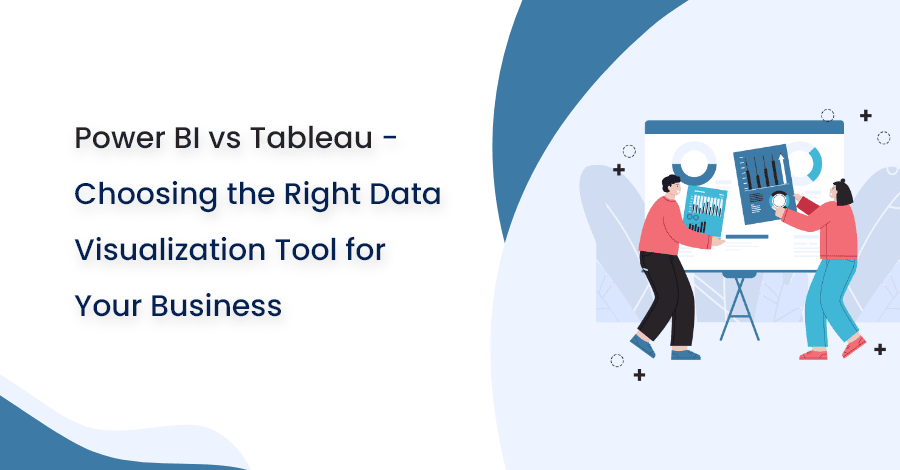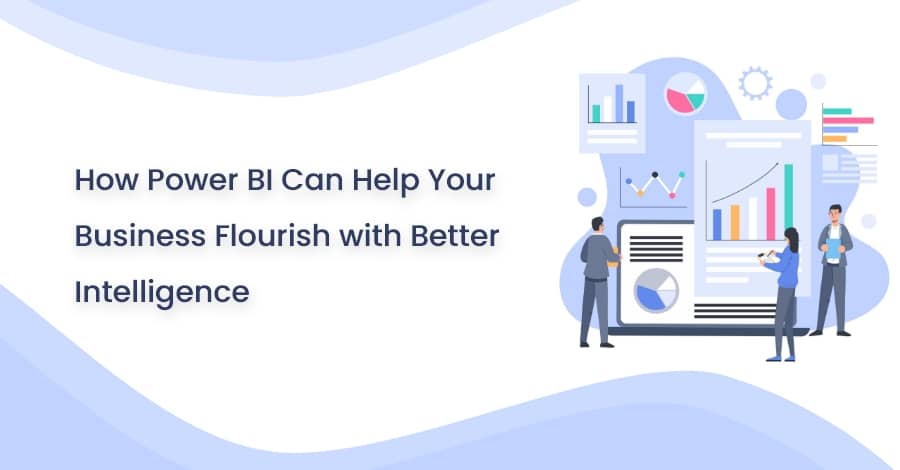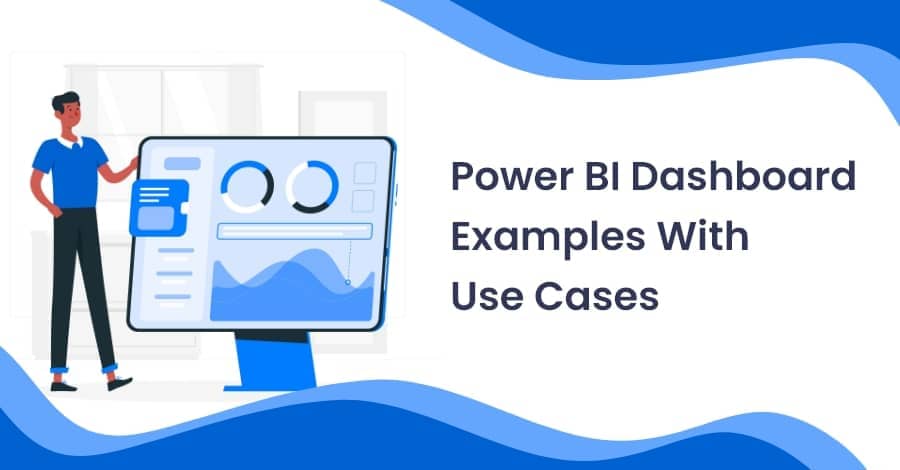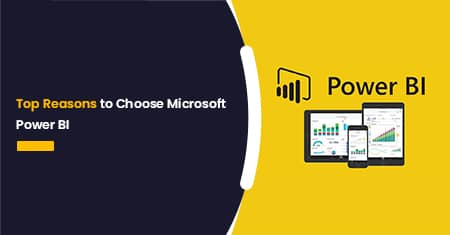
17 Feb Power BI vs Tableau: The Superiority of Power BI
17 February 2023

In today’s fast-paced and data-driven business landscape, organizations are constantly seeking effective ways to analyze and interpret vast amounts of information. Data visualization tools have become indispensable for transforming complex data sets into meaningful insights, enabling businesses to make informed decisions. Among the leading contenders in the realm of data visualization, two standout players are Power BI and Tableau. These powerful tools offer a plethora of features and capabilities to help users unleash the power of their data.
In this comprehensive article, we will explore the various reasons why Power BI surpasses Tableau as the superior choice for data visualization and analysis. By delving into the unique strengths and advantages of Power BI, we aim to highlight the distinct benefits it offers, solidifying its position as the preferred solution for organizations seeking an intuitive and powerful data visualization platform.
Why Power BI is better than Tableau?
Power BI, developed by Microsoft, offers several advantages over Tableau, making it a superior choice in many scenarios. Here are some key reasons why Power BI is considered better than Tableau:
- Seamless Integration with Microsoft Ecosystem
One of the primary advantages of Power BI is its seamless integration with the Microsoft ecosystem. As a Microsoft product, Power BI effortlessly integrates with other widely-used tools like Excel, Azure, and SQL Server. This integration allows for smooth data connectivity, data transformation, and collaboration across different Microsoft platforms. This interoperability enhances productivity and minimizes the learning curve for users already familiar with Microsoft products.
- Cost-Effectiveness and Flexibility
Power BI offers a cost-effective solution for businesses of all sizes. It provides several pricing tiers, including a free version with limited features and affordable subscription plans. Additionally, Power BI Desktop, a robust authoring tool, is available for free. In contrast, Tableau can be significantly more expensive, especially for larger enterprises. Power BI’s pricing flexibility combined with it https://star-knowledge.com/power-automate-desktop-automation-services/ comprehensive feature set makes it an attractive option for organizations with budget constraints.
- User-Friendly Interface and Ease of Use
Power BI’s user-friendly interface makes it accessible to both technical and non-technical users. Its drag-and-drop functionality allows users to easily create interactive visualizations, dashboards, and reports. Power BI also provides a wide range of pre-built templates and visual elements, enabling users to quickly generate impactful visualizations. Tableau, while powerful, has a steeper learning curve and may require more technical expertise to leverage its full potential.
- Robust Data Transformation and Modeling
Power BI offers a robust set of data transformation and modeling capabilities. Its Power Query feature enables users to extract, transform, and load (ETL) data from various sources effortlessly. Additionally, Power BI’s Data Modeling tools allow users to create relationships between different data tables, define measures, and build calculations. These capabilities empower users to shape their data and derive valuable insights efficiently.
- Advanced Analytics and AI Integration
Power BI’s integration with Azure Cognitive Services and machine learning capabilities sets it apart from Tableau. Users can leverage advanced analytics and AI algorithms to perform sentiment analysis, image recognition, and predictive modeling within Power BI. This integration provides an added layer of sophistication for data analysis and empowers users to extract actionable insights from their data.
- Real-Time Collaboration and Sharing
Power BI facilitates real-time collaboration and sharing of visualizations and reports. Users can collaborate within the Power BI service, co-author reports, and share dashboards with colleagues or clients. The ability to embed Power BI visualizations in other applications further enhances collaboration and ensures stakeholders have access to up-to-date information. Tableau’s collaboration features are comparably limited, with less flexibility for real-time collaboration.
- Cloud-Based Solution and Scalability
Power BI is a cloud-based solution, leveraging the scalability and security of Azure. This cloud infrastructure allows for seamless integration with other Microsoft Azure services, such as Azure Data Lake and Azure SQL Database. Power BI’s scalability ensures that businesses can handle large volumes of data and accommodate growing user demands without compromising performance. Tableau, on the other hand, requires additional configurations for cloud deployment and scalability.
Conclusion
Microsoft Power BI emerges as the preferred choice over Tableau due to its array of advantages and robust capabilities. With its seamless integration into the Microsoft ecosystem, Power BI offers users the convenience of leveraging familiar tools and workflows, enhancing productivity and efficiency. Moreover, the cost-effectiveness of Power BI, including its free version and flexible subscription plans, makes it accessible to businesses of all sizes.
Scalability is another significant benefit of Power BI over Tableau. Its cloud-based architecture allows organizations to effortlessly expand their analytics capabilities without the need for substantial infrastructure investments. This flexibility makes Power BI a suitable choice for both small and large enterprises alike.
Additionally, Power BI’s user-friendly interface and intuitive design empower users to quickly adopt and create compelling dashboards and reports without extensive coding knowledge. The platform’s robust data modeling and transformation features further enhance its analytical capabilities, allowing users to manipulate and analyze data efficiently.
Overall, Power BI’s seamless integration, cost-effectiveness, scalability, user-friendly interface, and advanced analytical capabilities position it as a superior choice over Tableau for organizations seeking a comprehensive and powerful data visualization and analytics solution. Still confused about choosing the right Business Intelligence tool, contact us we will guide you to get the right BI tool that meets your business demands.
Our Related Posts
How Power BI Can Help Your Business Flourish with Better Intelligence
Power BI is a powerful data analysis tool that can help transform your business. It’s an incredibly useful tool that can help your business.….
Microsoft Power BI Dashboard: Examples & Use Cases
Microsoft Power BI is a business analytics platform that helps you generate insightful reports, dashboards, and data visualizations….
Reasons to Choose Microsoft Power BI
Business leaders who are always wondering about the best solutions to make decisions better will always prefer Microsoft Power Bi because....





No Comments